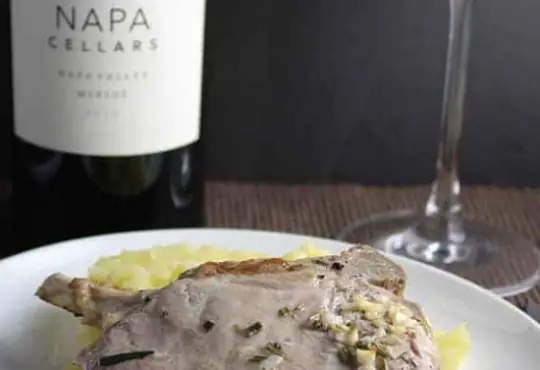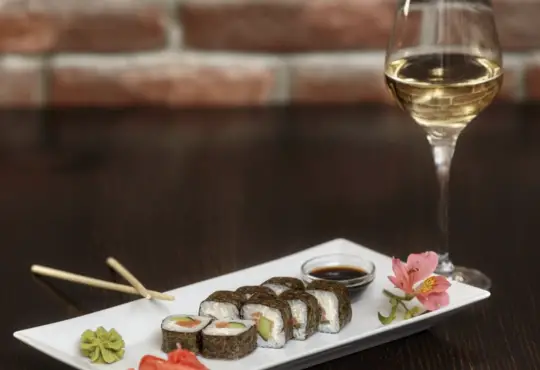
Decoding the Enigmatic World of Wine: What Does Wine Taste Like?
The world of wine is a vast and complex universe, offering a kaleidoscope of flavors that captivate the senses and transport us to vineyard landscapes and distant terroirs. For those new to the art of wine appreciation, the question “What does wine taste like?” can be both intriguing and daunting. In this blog post, we will unravel the intricacies of wine tasting, exploring the myriad flavors and aromas that can be found in different wines, as well as the factors that influence their taste.
- The Basics of Wine Tasting
Wine tasting is an art that engages all the senses – sight, smell, taste, and even touch. When evaluating wine, begin by examining its appearance. Note the color, clarity, and intensity. Next, bring the glass to your nose and inhale gently, identifying a wide array of aromatic compounds. Finally, take a sip and allow the wine to coat your palate, observing the flavors and textures that unfold.
- Common Flavor Profiles
a) Red Wines: Red wines often feature rich, fruity flavors such as black cherry, plum, raspberry, or blackberry. Depending on the grape variety and winemaking techniques, you may also detect notes of spices like black pepper or earthy undertones like leather and tobacco.
b) White Wines: White wines offer a spectrum of flavors, from crisp and zesty citrus notes like lemon and grapefruit to luscious tropical fruits like pineapple and mango. You may also encounter floral aromas such as honeysuckle or hints of mineral and flint.
- The Influence of Terroir
Terroir refers to the unique combination of factors that affect the grapevine’s growth and the wine’s ultimate flavor profile. This includes soil composition, climate, altitude, and sunlight exposure. For instance, wines from cooler climates may showcase higher acidity and more delicate fruit flavors, while wines from warmer regions can be riper and fuller-bodied.
- The Role of Winemaking
Winemakers play a crucial role in shaping a wine’s taste. Decisions such as fermentation techniques, the use of oak barrels, and aging periods can significantly impact the wine’s final character. Fermentation in stainless steel tanks might preserve fruitiness, while oak aging can lend notes of vanilla, spice, or toast.
- Complexity and Balance
Wines can be simple or complex, depending on the interplay of flavors and aromas. A well-balanced wine exhibits a harmonious relationship between its acidity, sweetness (if present), and alcohol levels. The complexity of a wine refers to the layers of flavors and aromas it offers, inviting you to explore its nuances with every sip.
Conclusion
The question “What does wine taste like?” opens the door to a captivating world of sensory exploration. Each wine holds a unique story, intricately woven by its grape variety, terroir, and winemaking techniques. From the bold and fruit-forward notes of a Cabernet Sauvignon to the delicate and floral essence of a Riesling, wine offers an endless array of flavors waiting to be discovered.
Embrace the journey of wine tasting with an open mind and a curious palate. The beauty of wine lies in its diversity and ability to evoke emotions, create memories, and bring people together. Whether you are a seasoned wine connoisseur or a curious beginner, the world of wine tasting awaits, promising a delightful and enriching experience with every glass. Cheers to the pursuit of understanding wine and all its enchanting complexities!






